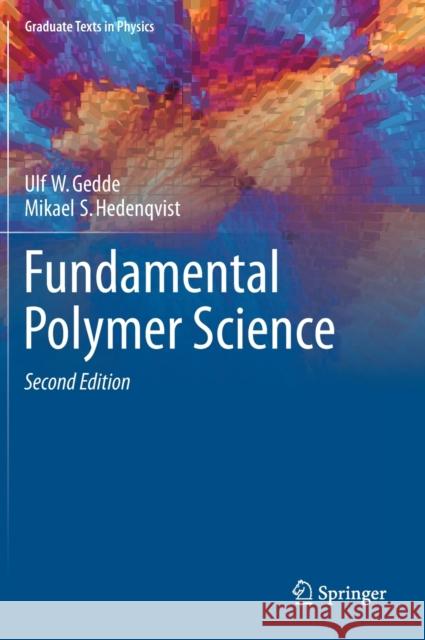Fundamental Polymer Science » książka
topmenu
Fundamental Polymer Science
ISBN-13: 9783030297923 / Angielski / Twarda / 2019 / 493 str.
Kategorie BISAC:
Wydawca:
Springer
Seria wydawnicza:
Język:
Angielski
ISBN-13:
9783030297923
Rok wydania:
2019
Wydanie:
2019
Numer serii:
000394232
Ilość stron:
493
Waga:
1.08 kg
Wymiary:
25.4 x 17.78 x 2.87
Oprawa:
Twarda
Wolumenów:
01
Dodatkowe informacje:
Wydanie ilustrowane











